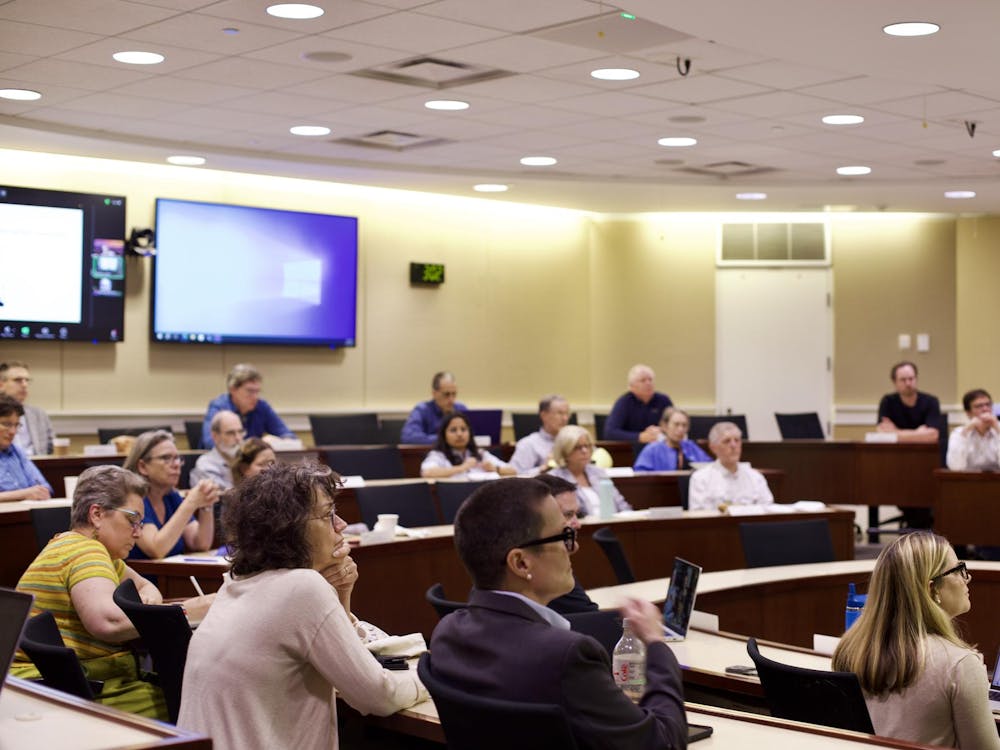The University will lift its indoor masking requirement for University-owned spaces including office buildings, IM-Rec facilities and venues effective March 21 — the mandate will remain in place in classrooms, U.Va. Health facilities and University Transit Services, per an email sent Tuesday by University President Jim Ryan, Provost Liz Magill, Chief Operating Officer J. J. Davis and K. Craig Kent, executive vice president for health affairs and chief executive officer of U.Va. Health.
“Our goal has always been to impose as few restrictions on this community as needed to protect public health, and that goal will guide our decision making going forward,” the email read. “In that spirit, if we see an unexpected increase in cases or hospitalizations, or if another worrying variant arises, we will be ready to consider reinstating these policies or others if necessary.”
The University cited recent improvements in public health data as the reason behind lifting the restrictions. Hospitalizations and positive cases have been trending downward as the percentage of faculty, staff and students who are fully vaccinated has increased. As of Monday, there are 278 active cases of COVID-19 within the University community, 228 of which are students and 50 of which are faculty and staff, per the University’s COVID-19 tracker. 69 individuals are hospitalized for COVID-19 at U.Va Health as of Monday, down almost 30 percent from 98 in-house patients on Feb. 14.
In the Blue Ridge Health District, there are 168 new cases of COVID-19 as of Monday. 72.5 percent of individuals have received at least one dose of the vaccine and 65.9 percent of individuals are fully vaccinated. In addition to those fully vaccinated, 36.3 percent have been vaccinated with a third booster dose.
In order to return to residential learning, students, faculty and staff were required to either submit proof of full COVID-19 vaccination with a booster shot or provide documentation of an approved medical or religious exemption. Following an executive order from Governor Glenn Youngkin — which prohibited state agencies from requiring that employees be vaccinated as a condition of employment — the University rescinded this mandate for faculty and staff Jan. 19.
The University selected the March 21 date to give students and faculty time to adjust following spring break, per the email. The University said it will work with schools and units on an individual basis should any implementation issues arise before many of the masking requirements are lifted.
“Nearly two years after this virus emerged and changed nearly everything about life at this University, we have finally reached a point where our medical experts are comfortable revising our mask policy in the ways we’ve described,” the email concluded. “This milestone would not be possible without the enormous and constant effort we have all put into protecting each other on every step of this long journey as a community.”
Earlier in the semester, the University also announced that it would not be disenrolling students who do not receive their booster, following an advisory opinion from Attorney General Jason Miyares which stated that public colleges and universities have no legal authority to require students to have COVID-19 vaccines in order to enroll or attend in-person classes. Last fall, the University disenrolled 238 students for not complying with the vaccine requirement.
Over 99 percent of students already comply with vaccine and booster requirements.







